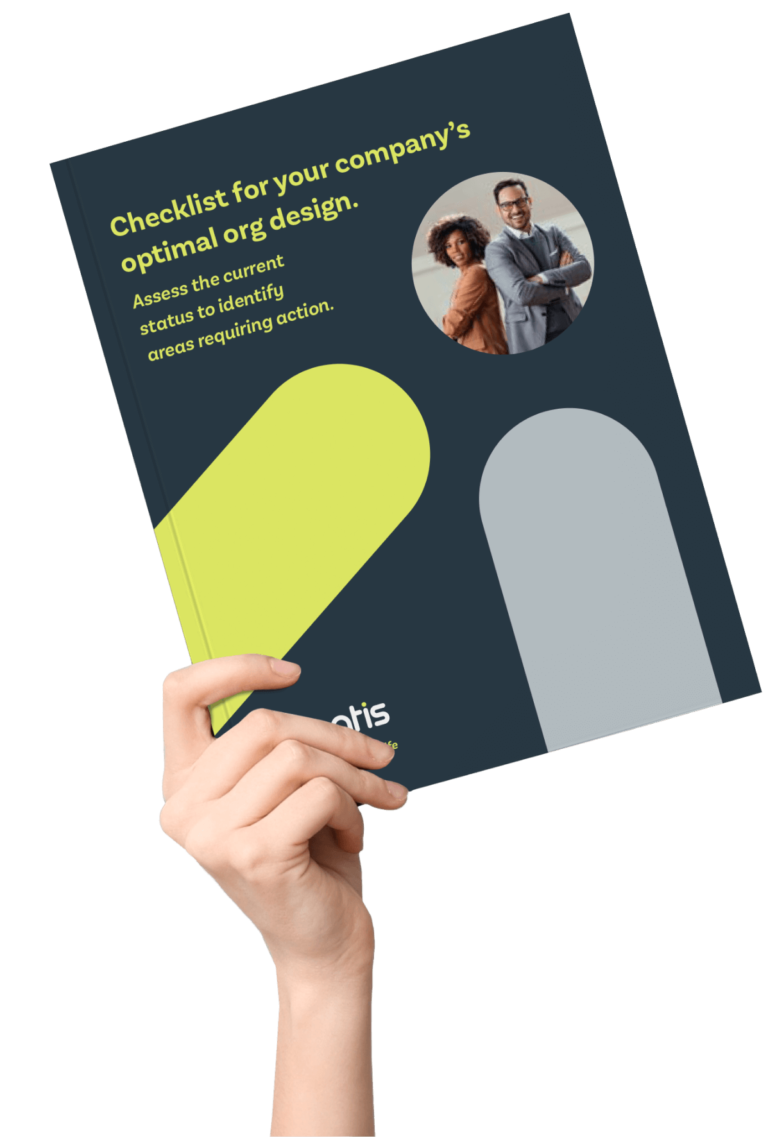A well-structured human resources process is the backbone of any successful organization. Without clearly defined HR processes and procedures, a modern HR department risks inefficiencies, higher costs, and inconsistent employee experiences. Effective HR process management ensures that HR professionals can deliver measurable value across the business – from staffing and onboarding to benefits administration and performance reviews. For modern organizations, the question is no longer if HR processes need to be improved, but how they should be optimized and digitized. The quality of these processes directly influences employee engagement, employee retention, and the organization’s ability to remain competitive.






